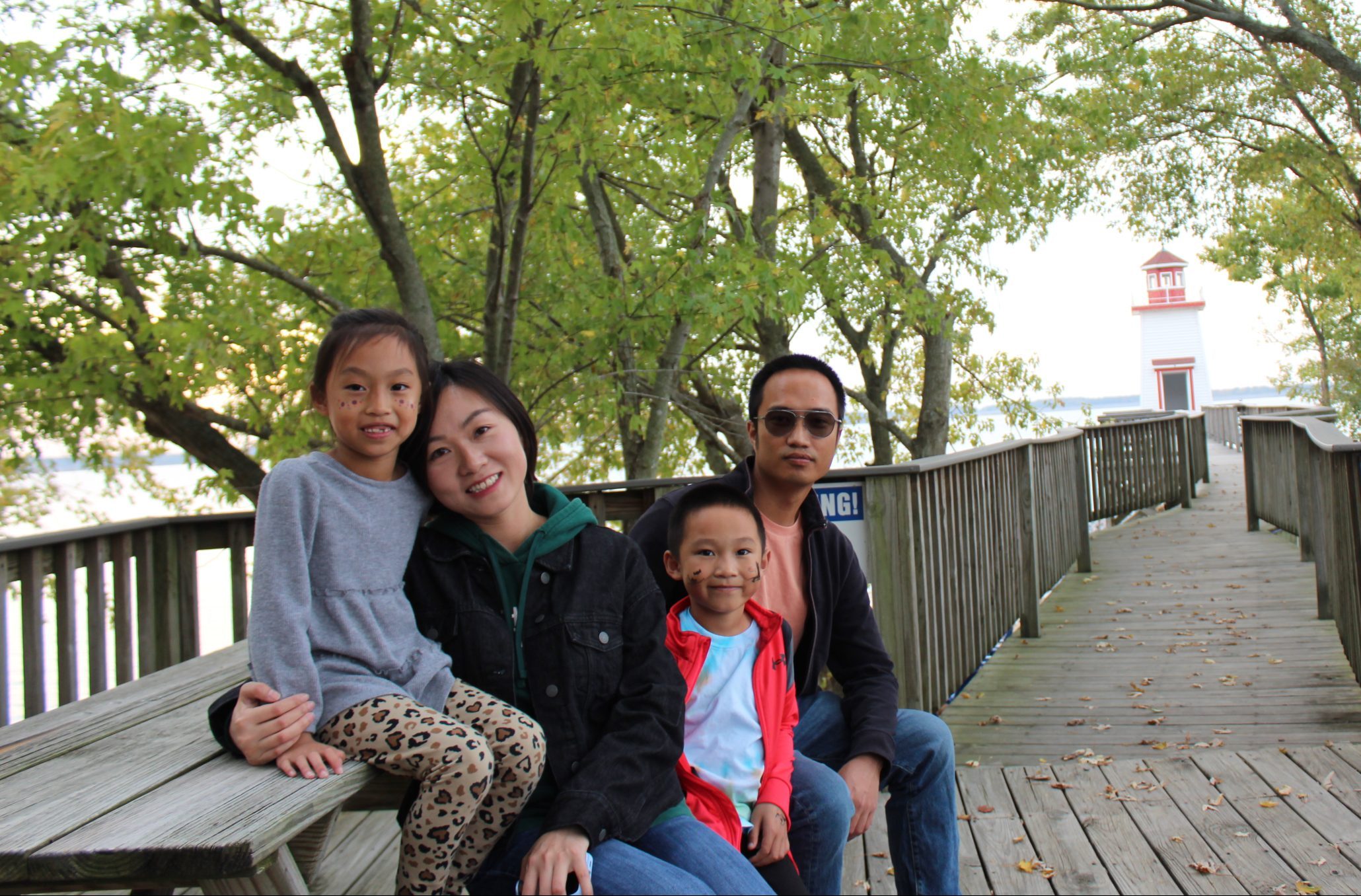Yoga Poses & Practices for Survivors of Trauma
Healing Through Yoga
Mindfulness and movement can bring new depth to healing and inner resilience, helping to bring survivors back into their bodies, to interact with the world around them, to tell their stories in a language other than spoken words, and to begin trusting others again.

Yoga practices help us to reconnect with our breath and body.
Yoga is a meaningful addition to any person’s healing journey, especially those who are healing from violence and abuse. Yoga is beneficial for healing from trauma on many levels. Trauma stays in the body, not just the mind. Our fight or flight response can be disrupted because of traumatic events or experiences. Restorative yoga practices allow you to reconnect to your body and tend to the nervous system. Through regular practice, you can rewire your central nervous system to trigger your relaxation response.
Yoga is for Everyone
One benefit to yoga is that you can do most poses anywhere that feels comfortable to you, whether it’s in your room, outside on the grass, or in a yoga studio. Yoga practices are easily accessible online through illustrations, instructional videos, and apps. Search out what’s available and discover what types of yoga poses work best for you.
Three common and beginner-friendly poses are demonstrated on the left. A series of chair yoga poses, on the right, are a great place to start if you have limited time, space, or accessibility. These relaxing poses help connect you with your breath and body.
Before You Begin, Here are a Few Tips:
- Find a comfortable place where you won’t be interrupted.
- Wear something you feel you can move around in.
- Be mindful of your breathing as you practice each pose. If you notice you’re holding your breath, gently remind yourself to continue breathing.
- Hold each pose for whatever amount of time feels comfortable for your body. Don’t push too hard.
Whether you practice a few poses on your own, follow an instructional video, or attend a class, practicing yoga is an effective way to connect with your physical self, be present, practice breath work, and feel appreciation towards all the incredible things your body can do.

Practicing yoga may help survivors of sexual violence and child abuse to begin trusting themselves and others around them.
Overall, yoga provides an opportunity to:
- Hope by learning how your intentional movement can help release that tension stored in your body from trauma.
- Heal by staying grounded in the present moment, building trust with yourself and the world around you, and guiding your attention toward your poses and your breath.
- Grow by bringing new depth to healing and inner resilience and reconnecting with your body in a positive way.










